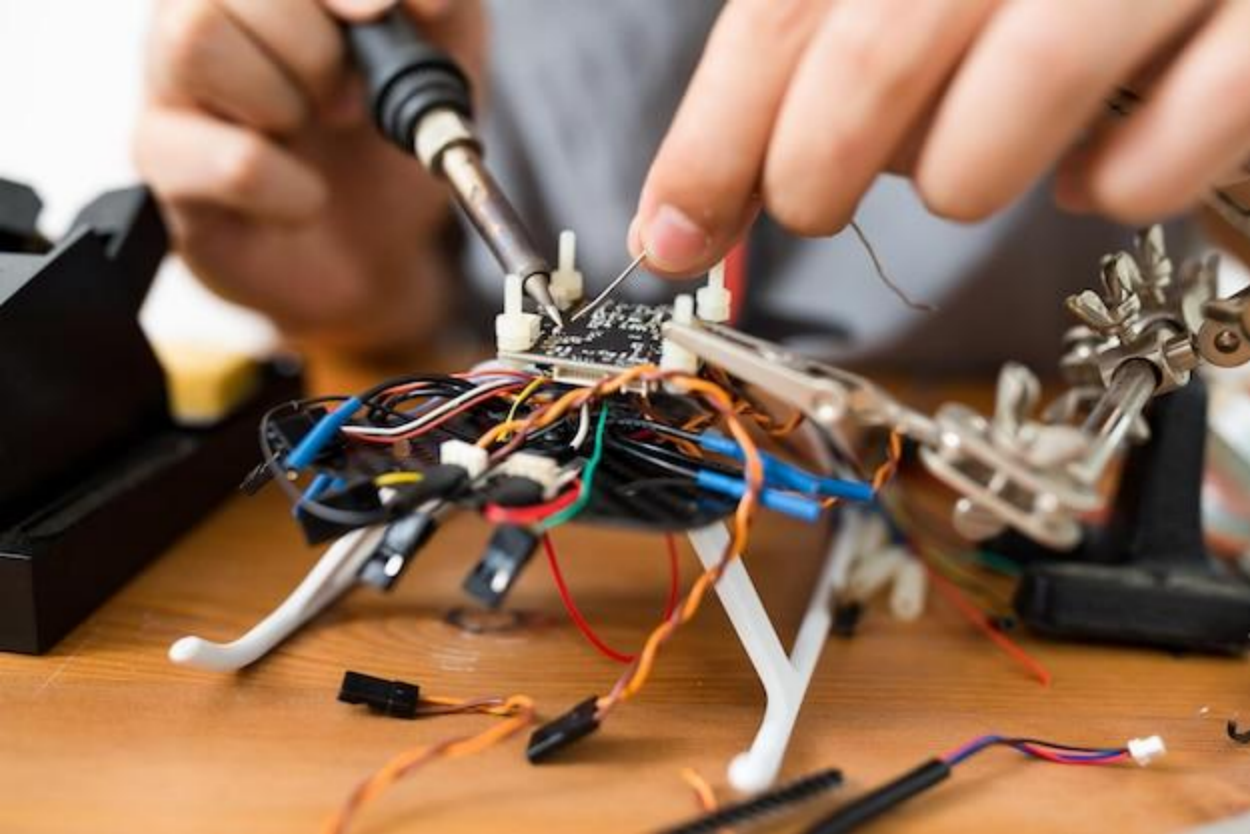The RS232 protocol, though decades old, continues to play a critical role in modern technological applications, particularly in robotics. This protocol enables robust communication between devices in various sectors, ensuring the reliability and precision necessary for high-stakes operations. As robotics evolve, the integration of RS232 has demonstrated the adaptability of this protocol and its potential to meet future challenges in communication technology. In this overview, Oren Forgette provides an outline of the protocol’s application in robotics, its ongoing relevance, challenges, and future developments that could shape its role in the industry.
RS232 Protocol Explained
The RS232 protocol, introduced in the 1960s, has established itself as an ongoing standard for serial communication. It primarily facilitates data exchange between data terminal equipment (DTE) and data communication equipment (DCE). Characterized by its simplicity and reliability, RS232 supports data transmissions over relatively long distances, making it a viable option for numerous applications.
Despite technological advances, RS232 remains integral in various industrial and commercial fields. Its ability to interface directly with hardware and software systems without requiring significant modifications has maintained its relevance in the digital age. This protocol’s role extends beyond data transfer, influencing setup configurations and maintenance routines in technological systems.
RS232 protocols are crucial for connecting diagnostic devices and central data systems in medical settings, ensuring patient data is seamlessly transferred and updated. This highlights the protocol’s adaptability and utility in high-stakes environments where precision and reliability are paramount. Through such applications, RS232 continues to be a cornerstone in configuring modern technological infrastructures.
Basics of Robotics and Communication Protocols
Robotics, a field that combines engineering and science, revolves around robot design, construction, and operation. These machines are programmed to execute mundane and complex tasks, often replacing humans in hazardous environments. A crucial element in robotics is the communication protocol, which ensures that various robot system components work harmoniously. RS232, known for its reliability and simplicity, is pivotal in these communication processes.
The significance of protocols like RS232 cannot be understated in the context of robotic functions. These protocols enable the seamless flow of information between different parts of a robotic system, such as sensors and central processing units. This harmonization is crucial for the precise movements and operations of robots, especially in automated production lines where timing and coordination are critical, ensuring that each component functions at its peak.
Integration of RS232 in Robotics
Incorporating RS232 into robotics has allowed for enhanced communication capabilities within robotic systems. This protocol aids in the precise control and coordination of complex robotic operations, such as those in automotive manufacturing plants. Robots with RS232-enabled interfaces can perform high-precision tasks, from assembly to quality control, ensuring efficiency and reducing human error.
Moreover, RS232’s application in robotics extends to fields like aerospace, where it supports the operations of robotic arms used in satellite assembly. This characterizes the protocol’s versatility and capacity to handle demanding communications tasks across various industries. The benefits of integrating RS232 into robotic systems are noticeable, demonstrating its continued relevance in the age of advanced robotics and automation.
Addressing Technical Challenges
While beneficial, integrating RS232 in robotic systems is challenging. Signal interference, connector mismatches, and baud rate inconsistencies can hinder effective communication within robotic assemblies. These technical obstacles necessitate innovative troubleshooting strategies and enhancements in system designs to maintain operational integrity and reliability.
The Future Trajectory of RS232 in Robotics
As we look towards the future, the role of RS232 in robotics appears poised for further developments. With the surge in demand for more sophisticated and interconnected robotic systems, the protocol must adapt to support higher data rates and improved error-handling capabilities. Anticipating these changes, industry leaders are already exploring modifications and alternatives that could complement or eventually supplant traditional RS232 standards, ensuring that communication protocols keep pace with technological advancements.





































































